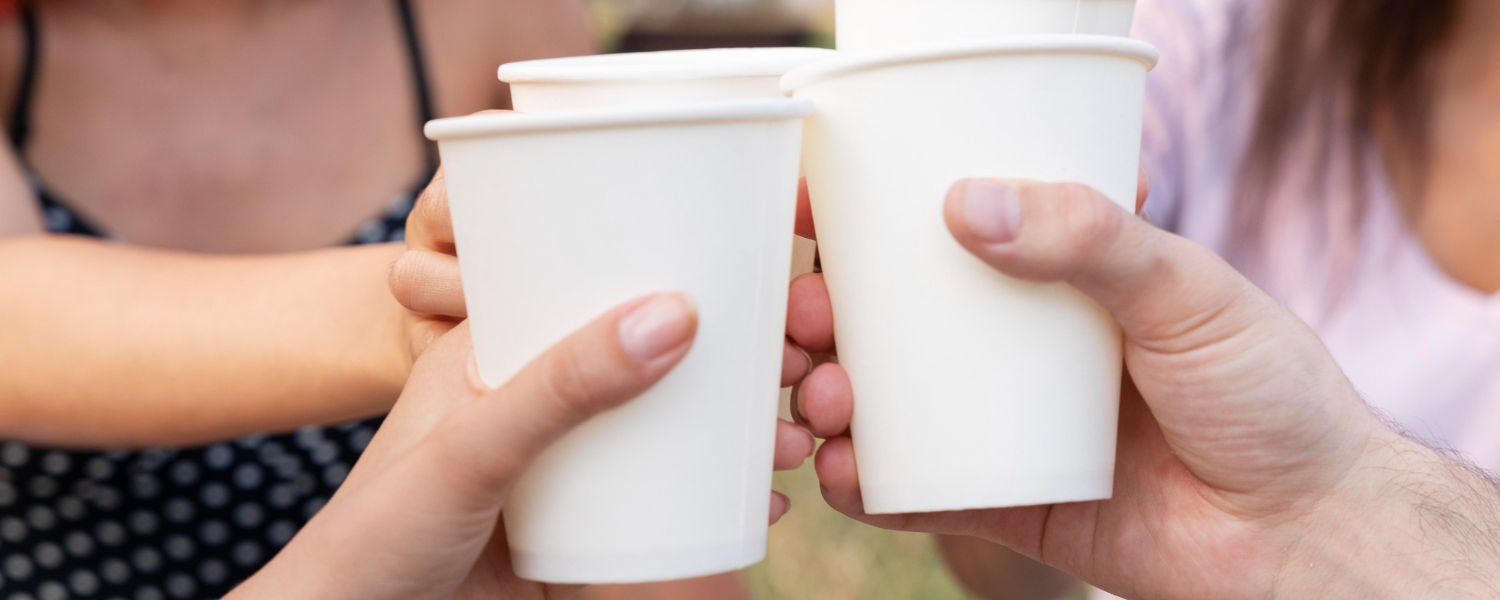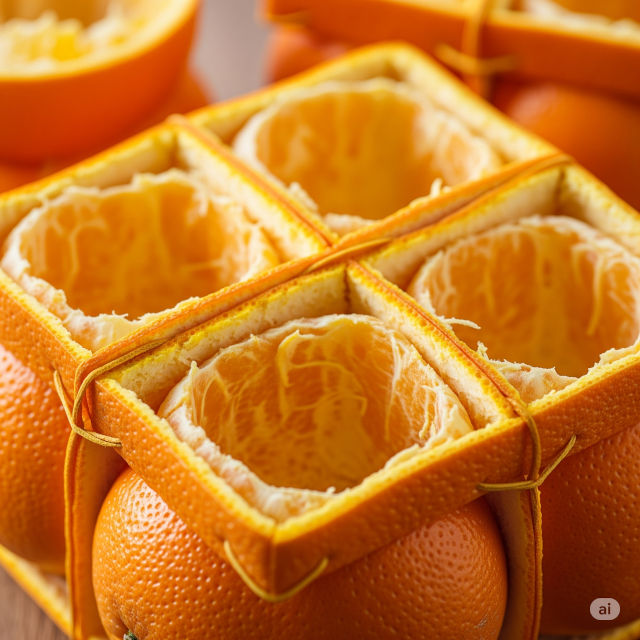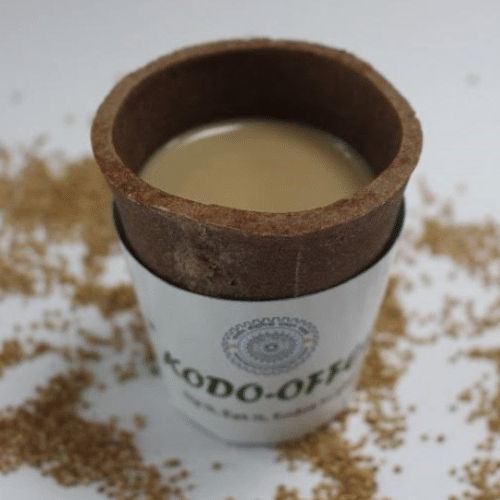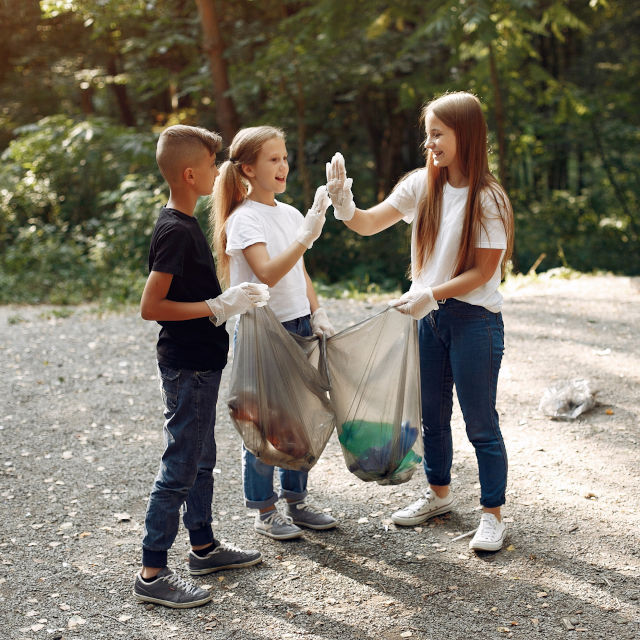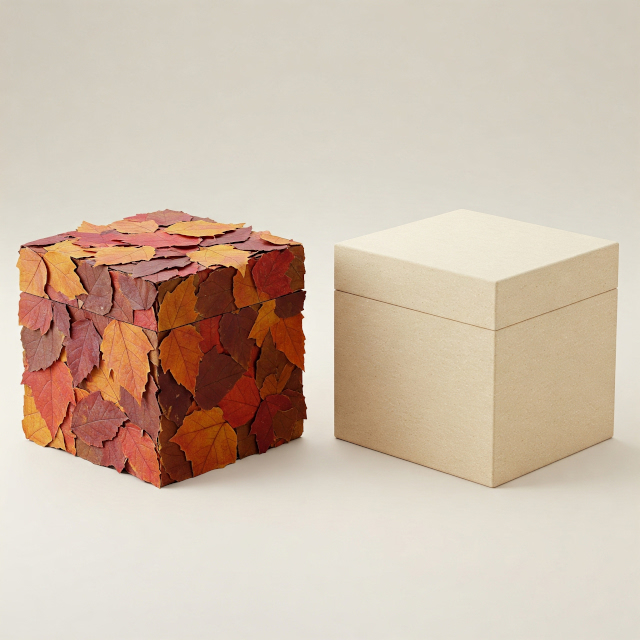In recent years, the popularity of paper cups has surged, as they are often considered a more eco-friendly option compared to their plastic counterparts. But are they genuinely a greener choice, or do they represent hidden waste in our endeavour towards sustainability?
The Birth and Evolution of Paper Cups
The origin of paper cups dates back to the early 20th century when health concerns prompted a shift from shared drinking vessels to disposable ones. Initially simple in design and function, paper cups quickly became a staple in cafeterias and fast food outlets worldwide. As their popularity grew, so did the variations in design, material, and functionality.
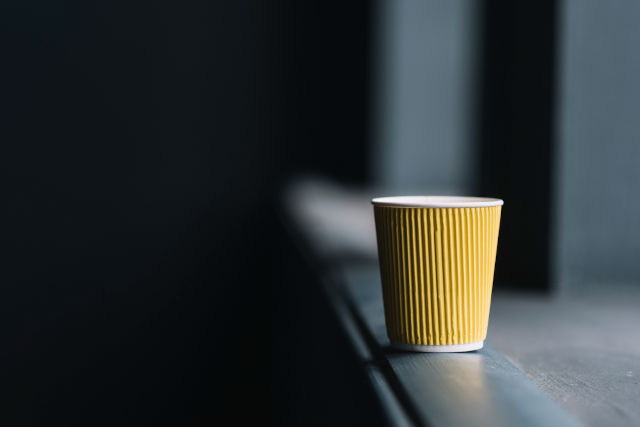
Manufacturing Process and Material Choices
At the heart of their production, paper cups are crafted from a combination of paper and a thin plastic lining. This lining, often made from polyethylene, helps keep liquids contained but compromises the cup’s biodegradability. Some companies, especially in the Netherlands, are pioneering in producing eco-friendly packaging solutions by using biodegradable linings made from natural starch.
The wide array of material and colour options for paper cups is intriguing. From plain white to vibrant custom designs, these variations cater to different markets and consumer tastes. In regions where green technologies are championed, like the Netherlands, there is a growing demand for sustainably sourced paper materials that bear the FSC (Forest Stewardship Council) certification.
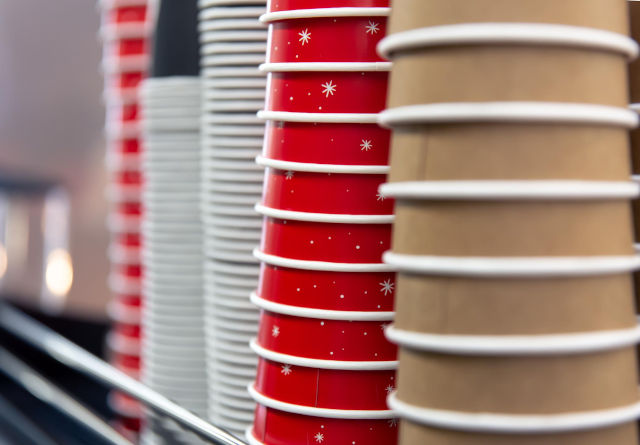
The Environmental Conundrum
While paper cups may initially seem sustainable, their environmental impact is multifaceted. The production of paper involves deforestation, energy use, and water consumption. Although paper cups can, technically, be recycled, the recycling rate is dismal due to the plastic lining which complicates the recycling process. Research shows that only a small fraction actually gets recycled, while the majority ends up in landfills.
In response to these challenges, some European countries are advancing with policies encouraging the use of biodegradable packaging for businesses. From customised paper bags to biobags made from natural starch, the focus is on finding more sustainable alternatives without sacrificing functionality.
Global Consumption Patterns
The countries that produce the most paper cups include the United States, China, and India, with a high consumption rate evident in fast-paced urban areas. On the consumer side, the demand is notably high in the United States, apart from European countries embracing eco-friendly packaging solutions. Countries like the Netherlands are increasingly buying biodegradable packaging wholesale to reduce the impact of single-use products.
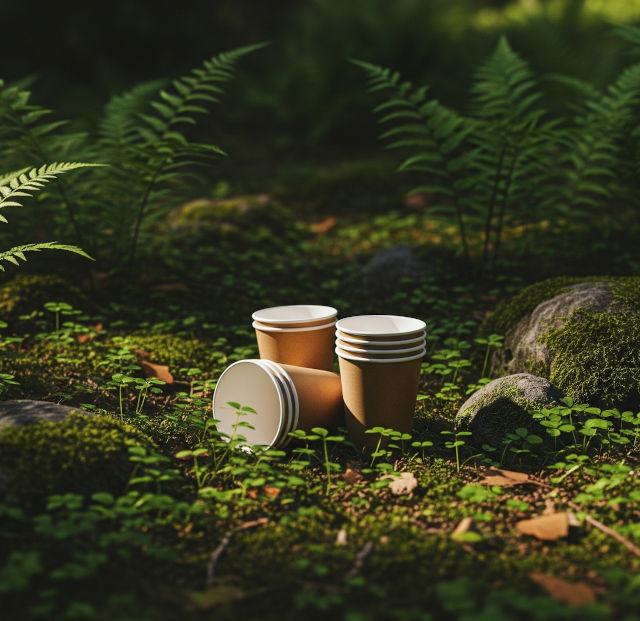
Future Prospects: Innovation and Responsibility
Innovations are continually emerging within the industry. Companies are now offering customised paper bags and alternative materials like starch-based components that decompose quicker and more effectively. As consumer awareness grows, so does the demand for businesses to adopt eco-friendly packaging, pushing the narrative from a niche to a mainstream conversation.
Paper cups undoubtedly hold a place in our daily lives for their convenience and branding opportunities. However, their environmental impact cannot be overlooked. As we move forward, it is crucial to balance convenience with responsibility, embracing sustainable innovations and demanding higher recycling efficiencies.
